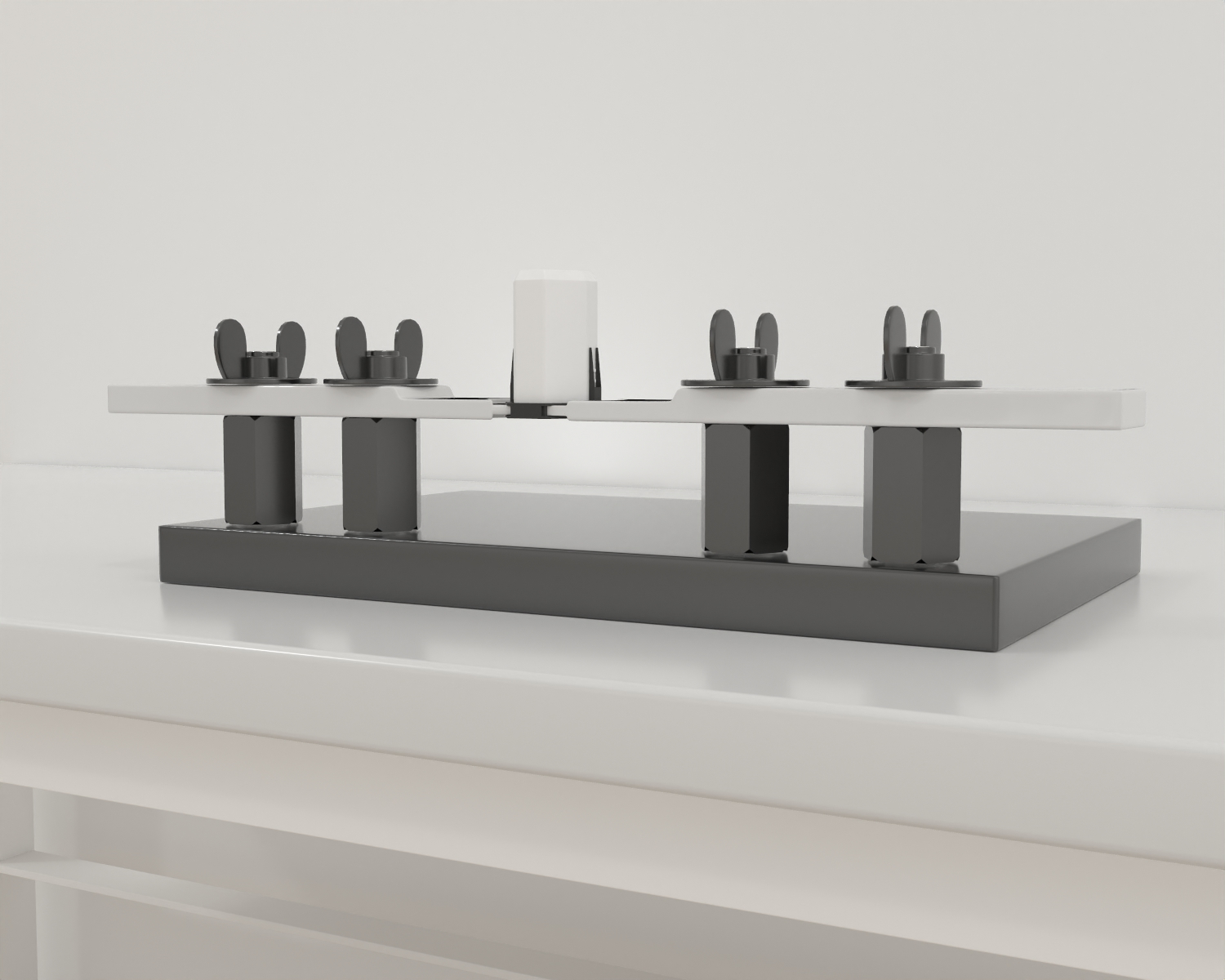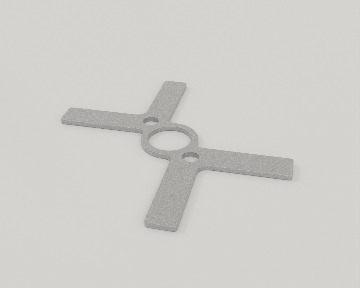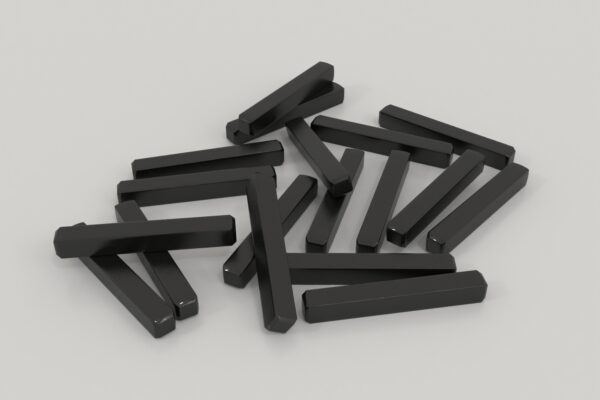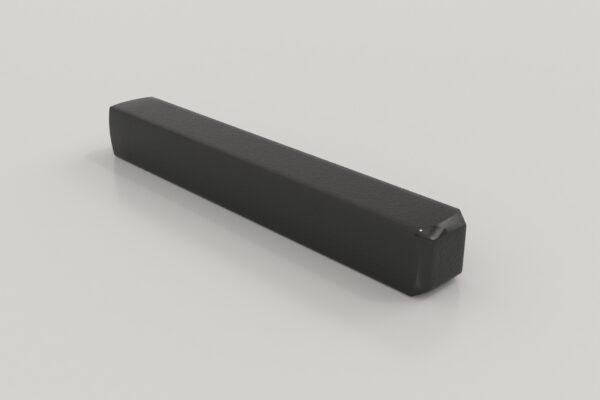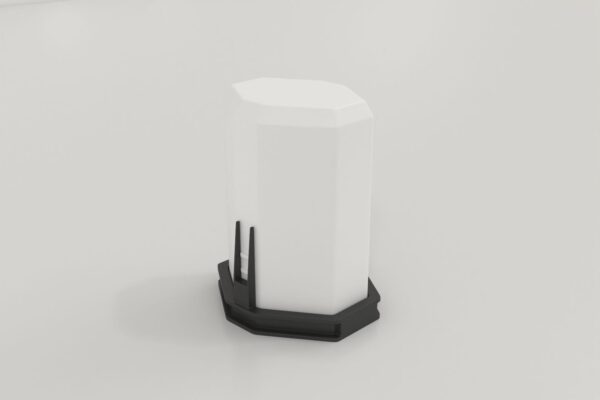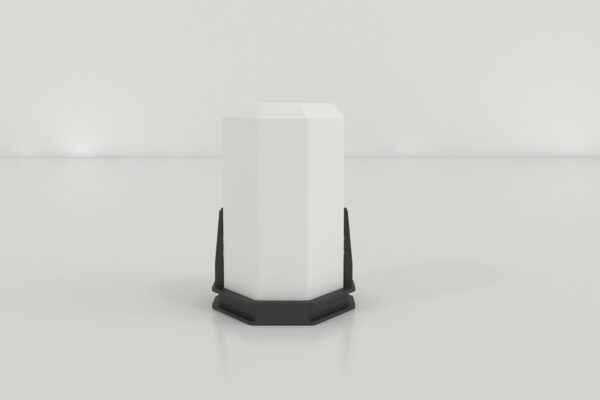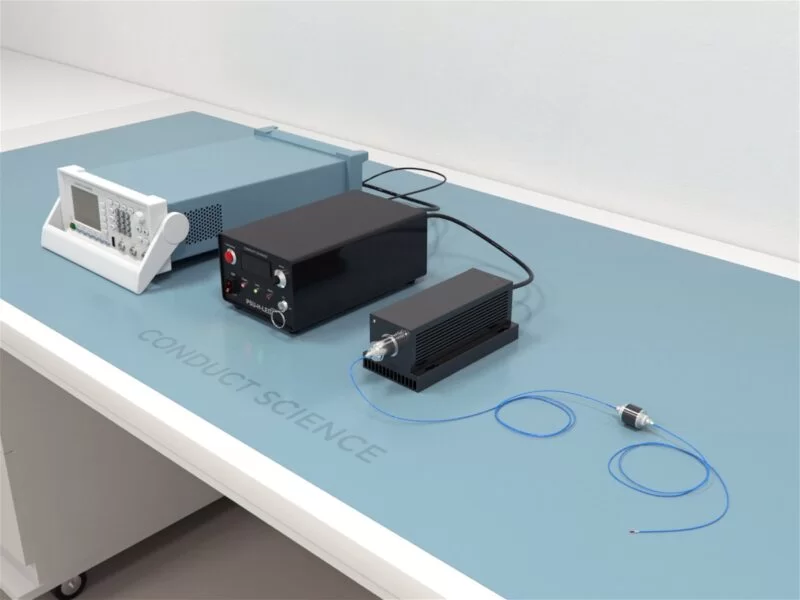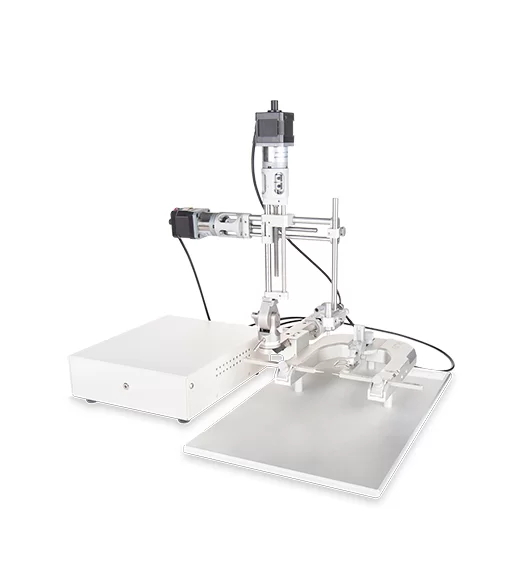The head bar and head hat apparatus are to be used with the Maze Engineers Head Fixation Station apparatus. The head bar is designed to be as less intrusive than other traditional and commercially available designs while the modular head hat design protects head- and skull-mounted hardware. These apparatuses can be implanted using stereotaxic surgical equipment.
Both the head bar and head hat dimensions and specifications are customizable, adjustable, and scalable to each laboratorys needs.
Head fixation devices are commonly used for studying anesthesia effects, facial function, neuroimaging, reflex adaptation, operant conditioning, and reflexes such as eye blinking in mice (Schwarz et al., 2010).

